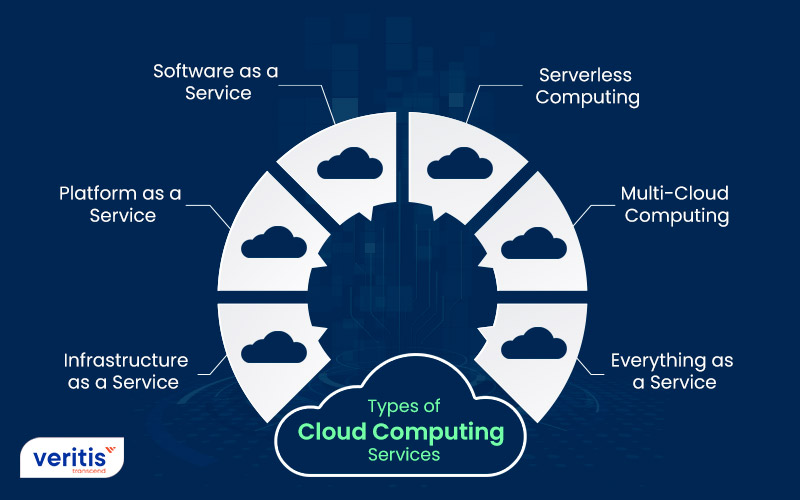LinkDaddy Cloud Services Press Release: Announcing New Features and Enhancements
LinkDaddy Cloud Services Press Release: Announcing New Features and Enhancements
Blog Article
Achieve Seamless Scalability With Cloud Provider
In the ever-evolving landscape of cloud solutions, achieving seamless scalability stands as a keystone for modern-day organizations seeking to stay affordable and versatile. The quest for smooth scalability with cloud solutions unveils a globe of opportunities for those ready to welcome the transformative power of vibrant resource management.
Benefits of Cloud Scalability
Cloud scalability offers organizations the adaptability to dynamically readjust resources based on need, making sure optimal efficiency and price performance. Additionally, cloud scalability promotes advancement and experimentation by permitting services to quickly check brand-new ideas and scale them as required. Eventually, the advantages of cloud scalability expand past expense financial savings to encompass better efficiency, agility, and development.
Key Functions for Scaling
Efficient scaling in cloud solutions depends on essential attributes that allow organizations to change resources dynamically based on demand. An additional vital feature is scalability, allowing systems to deal with increased work by adding sources perfectly. On the whole, these crucial attributes collectively empower companies to attain seamless scalability in cloud solutions.
Implementing Auto-Scaling Approaches
To effectively optimize resource allotment and adjust to varying workloads, organizations have to strategically carry out auto-scaling techniques in their cloud services framework. Auto-scaling allows systems to instantly adjust the number of compute sources based upon real-time demand. There are different auto-scaling methods that organizations can use, such as predictive scaling, which utilizes historic information to anticipate future resource demands, and reactive scaling, which responds to present workload changes.

Best Practices for Scalability
For organizations aiming to improve their scalability in cloud solutions, implementing finest techniques is critical for ideal efficiency and resource monitoring. One secret ideal method is developing applications with a microservices architecture. This technique breaks down applications into smaller, Website independent services that can be released, upgraded, and scaled separately, enabling for greater versatility and scalability.
One more important method is making use of containerization modern technology, such as Docker or Kubernetes. Containers enable the packaging of applications and their dependencies into isolated systems, making it much easier to scale components individually and deploy them regularly throughout various settings.
Furthermore, executing automated deployment and facilities as code (IaC) can read more improve scalability initiatives (linkdaddy cloud services). Automation devices like Terraform or Ansible assistance in provisioning and handling sources effectively, lowering hand-operated mistakes and enabling rapid scalability
Furthermore, checking performance metrics, establishing notifies, and carrying out normal capability preparation are essential techniques to ensure aggressive scalability administration. By adhering to these best practices, organizations can achieve seamless scalability in their cloud services while maximizing efficiency and resource application.
Monitoring Performance Metrics
When examining the efficiency of cloud solutions scalability, carefully monitoring performance metrics is critical for ensuring optimal functionality and source allocation. By continually tracking vital efficiency signs (KPIs) such as response times, throughput, latency, and resource application, organizations can gain useful insights right into the health and efficiency of their cloud facilities. Checking efficiency metrics permits the early discovery of possible bottlenecks or problems that might impact scalability, allowing positive actions to be required to address them before they rise.

Verdict
To conclude, accomplishing seamless scalability with cloud services is essential for companies this contact form to enhance efficiency, boost development, and preserve high performance degrees throughout peak times. By leveraging the benefits of cloud scalability, carrying out auto-scaling techniques, making use of vital features such as flexibility and automation, and adhering to best practices like application design and performance monitoring, organizations can effectively scale their systems while optimizing source use and efficiency.
The quest for seamless scalability with cloud services introduces a world of opportunities for those eager to welcome the transformative power of dynamic resource monitoring.
Cloud scalability offers companies the adaptability to dynamically readjust resources based on need, ensuring optimum efficiency and cost performance. An additional vital attribute is scalability, allowing systems to take care of enhanced work by including resources effortlessly.For organizations aiming to boost their scalability in cloud solutions, carrying out best techniques is critical for ideal performance and source monitoring.When analyzing the efficiency of cloud services scalability, closely checking efficiency metrics is important for making sure optimal capability and source allocation.
Report this page